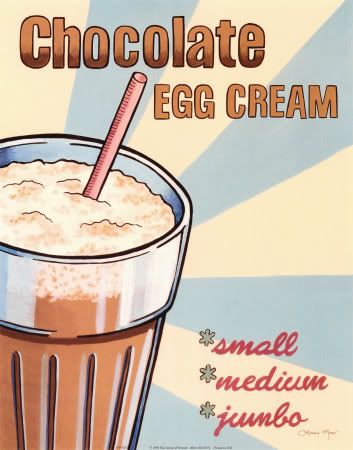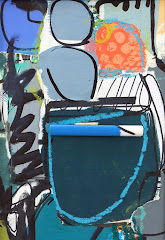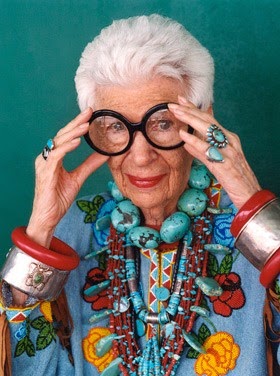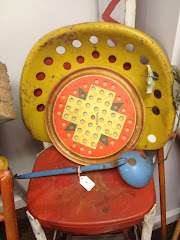
Photo featured in the new book Hot Cottage Collectibles for Vintage Style Homes - Courtesy of http://vintagerosecollection.blogspot.com/
Vintage Cottage style décor is a terrific remedy for people who are paralyzed by the "Decorating Blues". Folks with this malady complain that they can't make up their mind. They have trouble with too many choices. It becomes overwhelming for them to think about colors, furniture styles, patterns etc. As I will discuss shortly, these individuals need permission to "play" with their own ideas. Here are some common characteristics of folks who are experiencing "decorating blues" (1) They a fear of making a decisions (about color, style, textiles etc.).
(2) They suffer from procrastination (putting off shopping trips to furniture stores, outlets, shops).
(3) They fear making a commitment ("everything is so expensive so I can't be wrong").
(4) They are prone to avoidance (sitting on the floor because they have no couch to sit on).
(5) They self-doubt (asking others how their own house should look).
(6) They are rigid (think the world is coming to an end if they change their mind about a color).
If you suffer from any of the above characteristics, consider "Vintage Cottage Style Decorating ". According to the author, a seasoned psychotherapist, mixed media artist and avid collector, cottage style is a perfect fit for many individuals who experience the home interior blues. The beauty of Cottage style decorating is that it is affordable, eclectic and forgiving. You really can experiment with mixing and matching eras, looks, textiles, finishes etc. This type of decorating can truly be quite helpful to those who are "afraid to make a mistake" ( which is what many decorating phobics are really worried about).
If your ultimate goal is to live more comfortably you may want to begin by taking inventory on what you want to keep, what you want to ditch, and what you can make-over in the spirit of living the cottage life. Room by room, one baby step at a time, it is helpful to make a list of what is hot and what is not. This is actually the fun part. You look at what you have and imagine it differently. Are your bedroom lamps really tacky or do they have potential if only you added some cute shades? Should you buy a new bookcase or "shabby-tize" the one you
have with a different color and finish? Once you get into the cottage mode, the sky is the limit.
Now you can look at grandma's coffee table with a whole new vision. Suddenly 1940s dated can become retro-romantic chic with the right touches or you can transform old architectural salvage into some eye-catching decorative accessories
Because decorating may be scary for the "decorating phobic", it is important to approach your goals very slowly.
Start with one room, let's say the bathroom ( a small and safe place to start). Ask yourself some key questions. What colors do you like? Is there a theme that suits you? For example perhaps you love the beach and want to create a whimsical "beachy look". Then perhaps you should decorate your bathroom close to the summer months when there a lots of beach and nautical related accessories available. You can decide upon a red, white and blue theme or perhaps a pastel color motif. Or maybe you enjoy a rustic look. You can hunt for cabin collectibles and other warm and cozy objects to create your cozy cabin style bathroom.
You can carry out a similar plan in other rooms, using something to help you focus and build in some structure for you.Fall in love with a rug and then use that rug to help you build a color palette for the rest of the room. Or consider a shape, or a pattern, or a theme and build your room around these beginning ideas.
What is so nice about cottage style decorating is that you can organize your "hunting" and "shopping" trips around a concept while at the same time leaving room for lots of flexibility and creativity. Cottage style decorating includes the following:
(1) using flea market finds, collectibles, found objects
(2) mixing and matching time periods and styles
(3) personalizing your decor
(4) layering fabrics
(5) re-purposing furnishings
(6) covering walls with textures
(7) experimenting with color, patterns, finishes etc.
(8) building collections
(9) hanging objects on the wall
Another helpful approach for the "decorating phobic" is too think about the whole process differently. Nothing in life is forever, change is healthy. If you paint a wall Provence blue on Monday, and you hate it, you can paint it Bermuda Buff on Tuesday. Chill, life is too short to fret over a paint color. Besides, the color of your walls should be the least of your worries! The key to resolving your "decorating phobia" is to be willing to go along for the ride wherever the journey may take you. Trust your instincts, after all....... it is your home, make each and every space your own!
For many more practical and creative ideas about how to "do cottage style" with ease and confidence consult my book, Hot Cottage Collectibles for Vintage Style Homes.
C. Dianne Zweig is the author of Hot Kitchen & Home Collectibles of the 30s, 40s, 50s and Hot Cottage Collectibles for Vintage Style Homes. She is also the Editor of Iantiqueonline.com an actively growing internet based resource community for people who buy, sell or collect antiques, collectibles and art. You can find Dianne’s fabulous retro and vintage kitchen, home and cottage collectibles at The Collinsville Antiques Company of New Hartford, CT, a 22,000 feet antique emporium with an in-house retro café.
To read more articles by C. Dianne Zweig click on this link:
C. Dianne Zweig’s Blog Kitsch ‘n Stuff
Email me at
dianne@cdiannezweig.com
Visit my website,
CDianneZweig.com
Dianne is a member of:
The American Society of Journalists and Authors
The Authors Guild, Inc.
 What Can We Learn From Artists
What Can We Learn From Artists





















+small.jpg)
















